The Philippines, with its diverse landscapes and cultural richness, offers many safe havens for both locals and tourists. While it’s always prudent for travelers to exercise caution, the aforementioned places stand out for their enhanced security and peaceful ambiance. Whether you’re seeking beachside relaxation, urban exploration, or mountain adventures, the Philippines has a safe and welcoming spot waiting just for you.
The 10 Safest Places in the Philippines:
- El Nido, Palawan
- Dumaguete, Negros Oriental
- Siargao, Surigao del Norte
- Batanes
- Iloilo City, Iloilo
- Camiguin
- Davao City, Davao del Sur
- Tagaytay, Cavite
- Sagada, Mountain Province
- Bohol
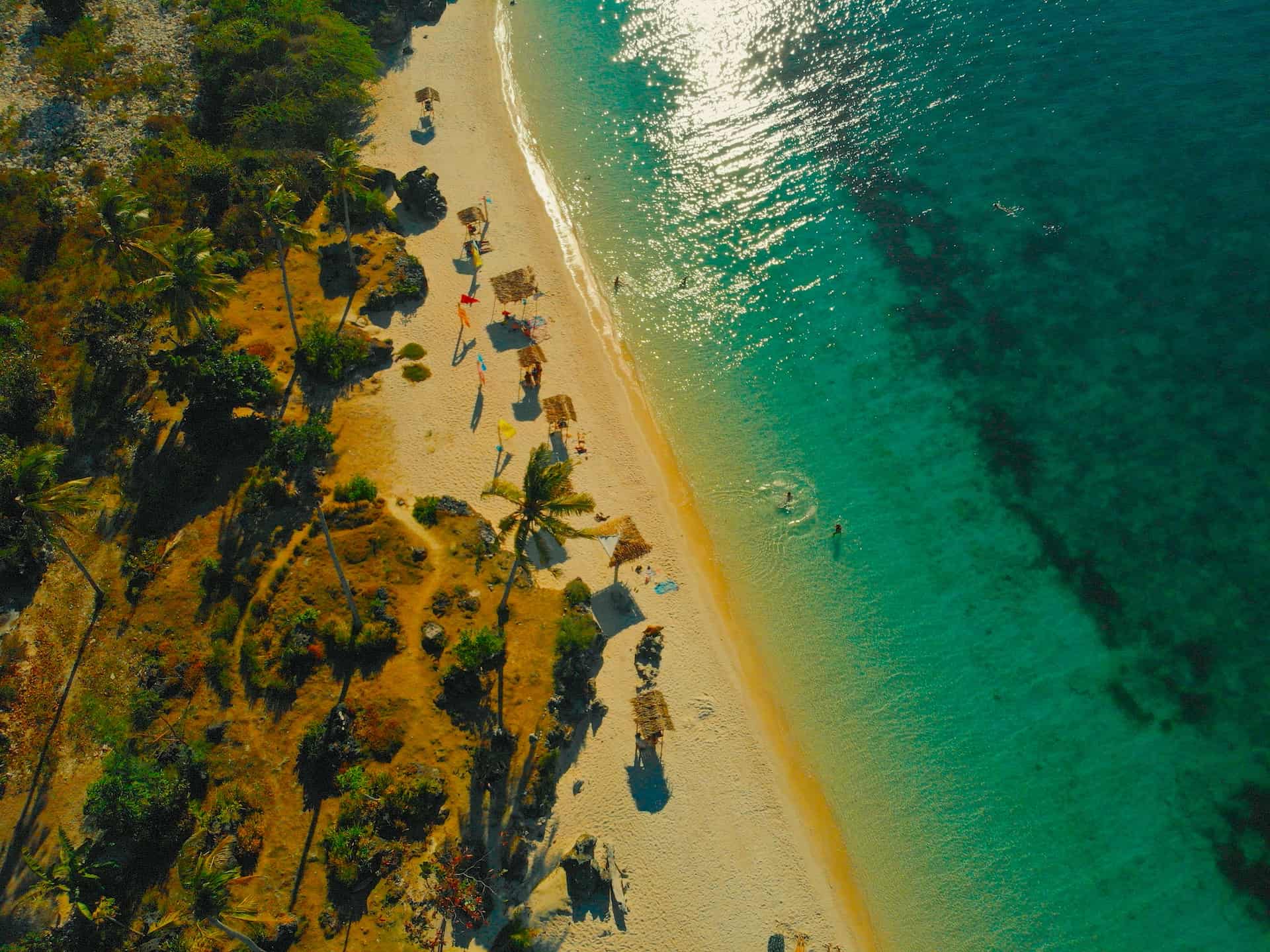
The Philippines is renowned for its captivating beauty, picturesque beaches, and rich cultural heritage. While certain areas might occasionally receive media attention for safety concerns, many places within the Philippines are quite safe and welcoming for both locals and tourists. This article seeks to spotlight ten of those secure havens, where tranquility and peace reign supreme.
El Nido, Palawan
Facts: El Nido is a slice of paradise located at the northern tip of Palawan. It’s known for its limestone cliffs, crystal-clear lagoons, and biodiversity. Often touted as one of the world’s most beautiful beach destinations, El Nido also boasts a low crime rate.
Discussion: El Nido’s isolation contributes to its safety. With limited points of entry and exit, there’s a tight-knit community vibe where everyone looks out for each other. Local authorities and businesses work collaboratively to ensure the safety of visitors, making it an ideal place for relaxed beach vacations.
Dumaguete, Negros Oriental
Facts: Dubbed the “City of Gentle People”, Dumaguete is known for its laid-back atmosphere and friendly locals. It is home to Silliman University, the country’s first American-established university.
Discussion: Apart from its academic prestige, Dumaguete takes pride in its low crime rates, which can be attributed to the harmonious relationship among the locals and the well-coordinated efforts of law enforcement. Moreover, its well-lit boulevards and active community watch groups add to its reputation as a safe city.
Siargao, Surigao del Norte
Facts: Siargao, the surfing capital of the Philippines, is an island recognized for its waves, lagoons, and mangrove forests. Its increasing popularity has led to infrastructural development while maintaining an islander’s serene way of life.
Discussion: Despite the influx of tourists, Siargao remains relatively crime-free. Its vibrant local community is invested in maintaining the island’s peace and safety. The sense of community is palpable, with locals and tourists alike looking out for one another.
Batanes
Facts: Batanes, the northernmost province in the Philippines, comprises ten islands characterized by rolling hills, dramatic cliffs, and traditional stone houses.
Discussion: Known for the Ivatan’s profound sense of community and their stone houses built to withstand typhoons, Batanes enjoys extremely low crime rates. Their isolated location and closely-knit communities contribute to the islands’ peaceful ambiance.
Iloilo City, Iloilo
Facts: Iloilo City, the heart of the Panay Island, seamlessly blends modernity with history. Its Spanish-era churches, old houses, and contemporary malls are evidence of its rich cultural tapestry.
Discussion: Over the years, Iloilo City has made significant strides in peace and order. The local government’s initiatives in community policing and consistent campaigns against illegal drugs have ensured the city remains one of the country’s safest urban centers.
Camiguin
Facts: Often referred to as the “Island Born of Fire” due to its volcanic origin, Camiguin is famous for its natural springs, waterfalls, and the annual Lanzones Festival.
Discussion: Its small population and the strong sense of camaraderie among locals play a pivotal role in maintaining the island’s peace. Moreover, the island’s commitment to eco-tourism ensures that the harmony between man and nature remains undisturbed.
Davao City, Davao del Sur
Facts: Davao City, the largest city in the Philippines in terms of land area, is renowned for its strict local ordinances, including a smoking ban in public places and a speed limit for vehicles.
Discussion: Mayor Rodrigo Duterte’s leadership (before he became the President) significantly impacted Davao’s peace and order situation. While the city isn’t devoid of challenges, its local government’s proactive approach ensures it remains safer than many other urban areas in the Philippines.
Tagaytay, Cavite
Facts: Overlooking the scenic Taal Lake and Volcano, Tagaytay is a favorite weekend getaway for many living in Metro Manila due to its cool climate and panoramic views.
Discussion: Tagaytay’s status as a major tourist hub has led to an increased police presence and a responsive local government, ensuring safety for both residents and visitors. Its proximity to the capital, yet removed feel, makes it a tranquil escape.
Sagada, Mountain Province
Facts: Nestled in the Cordillera Mountains, Sagada is known for its hanging coffins, cool climate, and spelunking adventures.
Discussion: The indigenous practices and traditions of the Igorot people, coupled with the town’s isolation, have preserved its serenity. Sagada has maintained its peace primarily due to the locals’ deep respect for their traditions and their environment.
Bohol
Facts: Home to the famous Chocolate Hills and tarsiers, Bohol is an island province that also boasts pristine beaches and centuries-old churches.
Discussion: Beyond its natural and historical attractions, Bohol is a bastion of safety in the Visayas. The provincial government’s commitment to promoting tourism has meant greater attention to safety and security measures, ensuring a welcoming environment for all.
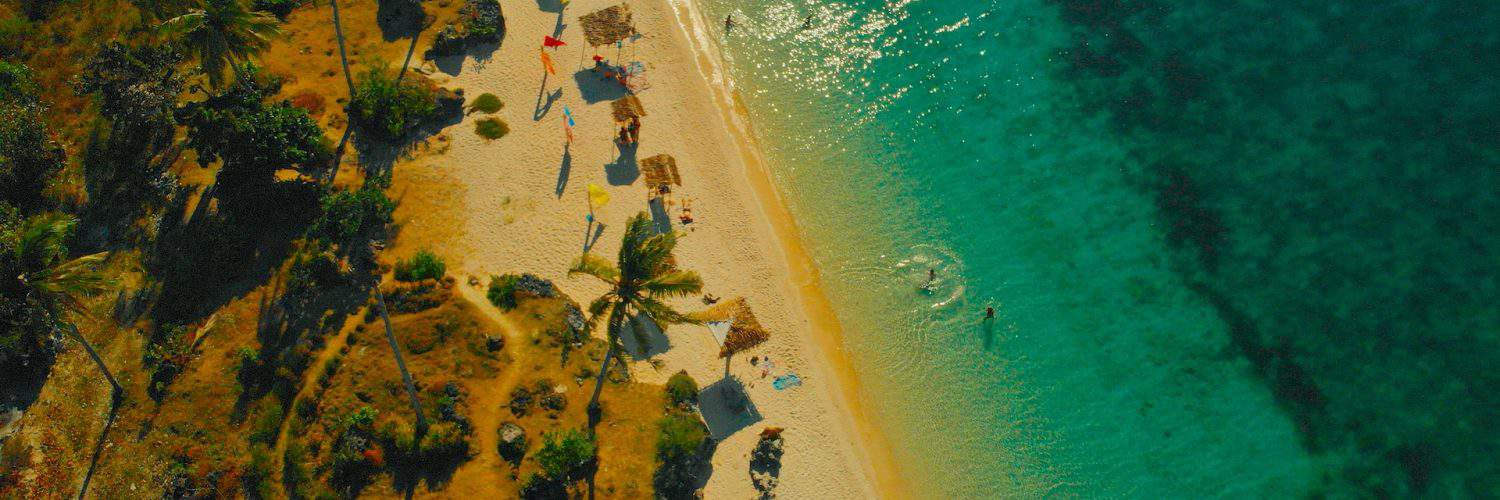
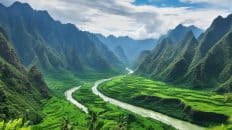
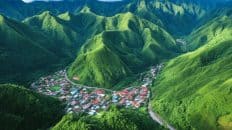
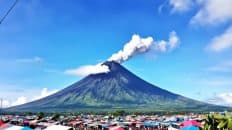














Add comment